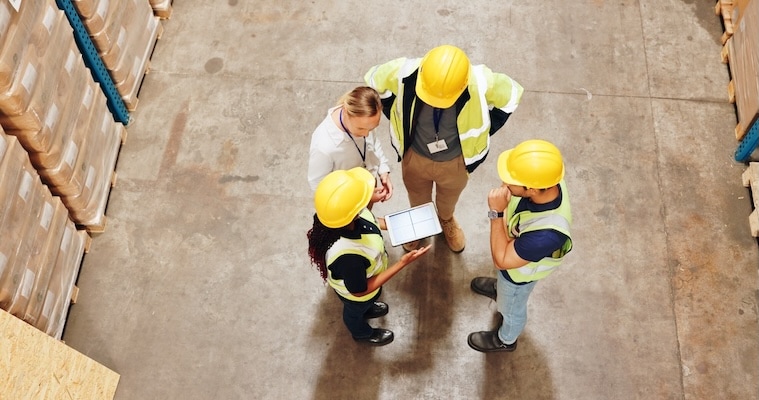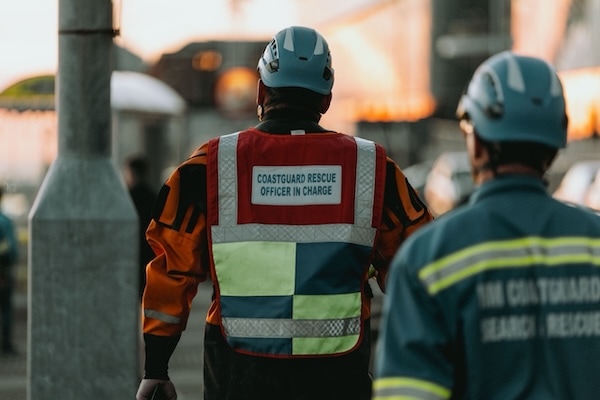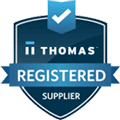Beyond the Basics: Advanced Tips for the Proper Use of PPE in High-Risk Environments
In the high-stakes world of high-risk workplaces, safety is paramount. A busy construction site, chaos of a chemical plant, or the intense atmosphere of a frontline healthcare facility. These environments demand more than just basic safety measures; they require advanced strategies to ensure the well-being of every worker. Understanding and implementing advanced tips for the proper use of Personal Protective Equipment (PPE) can make all the difference.
Before diving into advanced practices, it’s essential to have a solid understanding of your PPE. Each piece, whether it’s a helmet, respirator, gloves, or full-body suit, is designed with specific features and limitations. Knowing these details helps you make informed decisions about how to use and maintain your equipment effectively. In high-risk environments, generic PPE solutions often fall short. The key to effective protection lies in selecting gear tailored to the specific hazards of your workplace.
Consider a chemical plant where workers handle hazardous substances daily. Standard gloves won’t suffice here; chemical-resistant gloves that withstand specific chemicals are necessary. Similarly, in environments prone to electrical hazards, insulating gloves and flame-resistant clothing are indispensable.
Innovative PPE solutions are continually emerging. Smart helmets equipped with communication systems, advanced respirators with real-time air quality monitoring, and ergonomic designs that enhance comfort and reduce fatigue are revolutionizing safety in high-risk settings. Embracing these innovations can provide a significant boost to workplace safety.
A proper fit is crucial for PPE effectiveness. In high-risk environments, even minor discomfort can lead to significant safety lapses. Personalized fitting sessions for each worker are essential. Adjusting straps, padding, and attachments ensures a snug yet comfortable fit, allowing for maximum mobility and prolonged wear without discomfort. Layering strategies can also enhance protection. For instance, in fluctuating conditions, wearing a cooling vest under a hazmat suit or using cut-resistant gloves beneath chemical-resistant gloves can provide added safety and comfort.
Maintenance is often the unsung hero of PPE longevity. In high-risk environments, PPE can quickly degrade if not properly maintained. Rigorous cleaning protocols are vital. Using manufacturer-recommended cleaning agents and techniques helps remove contaminants without degrading the material. Regular inspections are equally important. Daily checks for visible damage, weekly in-depth inspections, and monthly comprehensive evaluations can catch wear and tear before it compromises safety. Documenting these inspections ensures accountability and allows for tracking the condition of the equipment over time.
Effective PPE use hinges on thorough, ongoing training. Initial instructions are not enough; workers need continuous education to stay updated on best practices and new technologies. Advanced training programs should cover detailed donning and doffing techniques to avoid contamination, emergency protocols, and the latest industry standards. Simulations and hands-on sessions can reinforce this knowledge, making it second nature to employees. Peer-led training can bridge the gap between theoretical knowledge and practical application. Experienced workers can share insights and tips, fostering a culture of continuous learning and vigilance.
The most advanced PPE strategies are ineffective without a pervasive safety-first mindset. Creating a culture where every team member prioritizes safety and feels responsible for their own and their colleagues’ protection is crucial. Safety champions within the team can act as role models, ensuring adherence to safety protocols and encouraging others to take PPE seriously. Regularly reviewing and updating safety procedures, incorporating feedback from workers, and staying informed about the latest advancements in PPE technology and safety standards can significantly enhance workplace safety. In high-risk environments, basic PPE knowledge isn’t enough. By selecting hazard-specific gear, ensuring proper fit, maintaining rigorous cleaning and inspection routines, providing advanced training, and fostering a safety-first culture, organizations can protect their workforce effectively. Embracing advanced strategies and continually striving for excellence ensures that every worker goes home safe every day.







